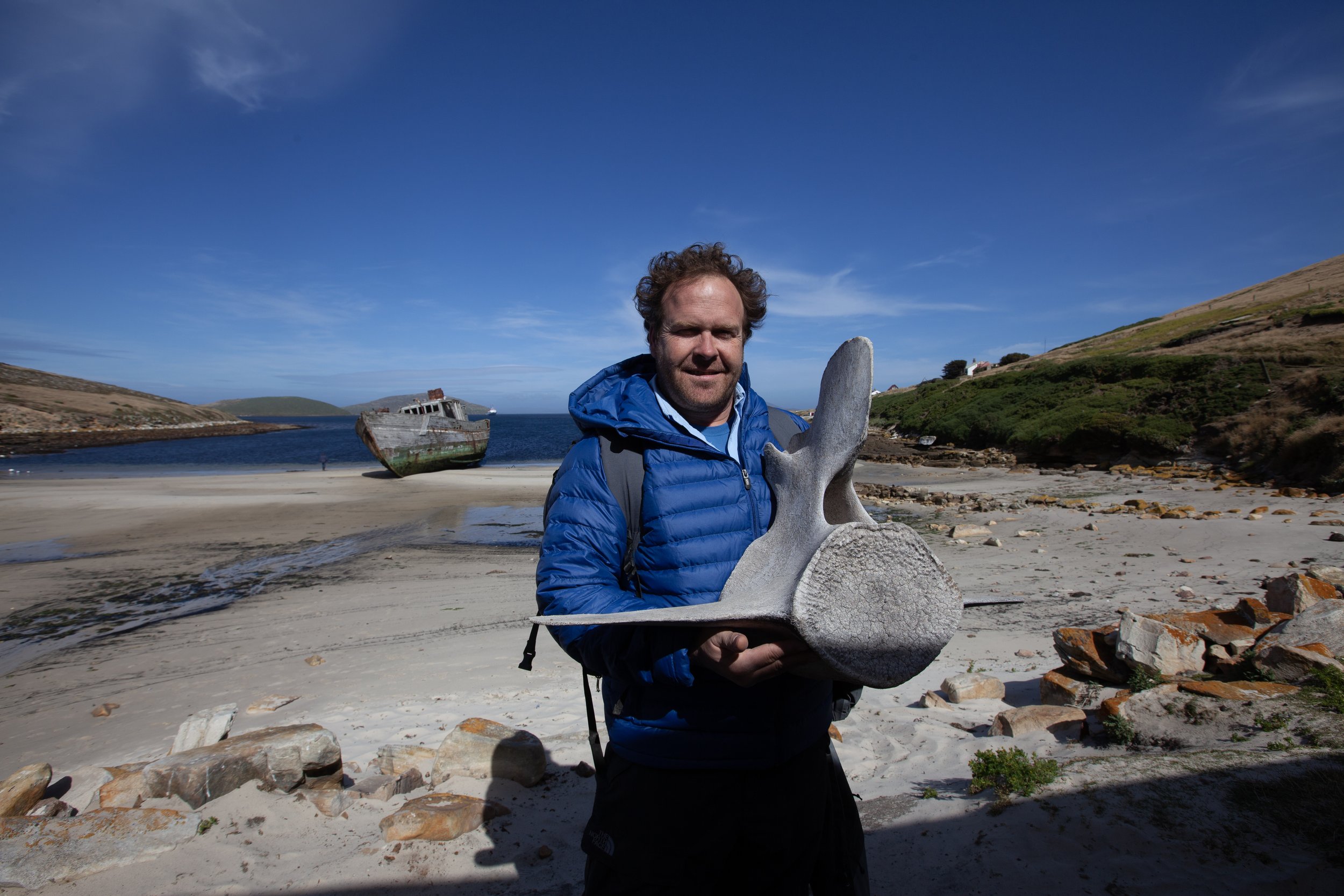-
Indigo, like dresses, is one of the artist’s key frames. It is a link between stories of our humanities.
-
Todd collects boro cloth. Amongst his treasures, there is a simple Japanese peasant dress made of the fabric. The artist tells me that in the nineteenth century, indigo used to be cultivated by the Japanese (peasants cultivated) as well as by West African slaves in Georgia and North Carolina. Rice and Indigo were the two cultivated goods slaves were originally forced to produce in America, before cotton.
-
Todd goes on his journey with equipment to capture images, shoot films, and gather samples. I see Todd Murphy as a sort of creative naturalist, an artist-explorer who researches pieces of our human and natural history. With each production, the artist creates a physical manifestation of his discoveries. His art could be understood as the modern equivalent of an early explorer’s map: land drawn from memory, illusion and reconstitution, a retelling of a recollection.
Todd Murphy, an ongoing voyage, By Barbara Stehle
JUGULAR, Issue 1. Jugular
-
His ideas are frequently born out of the inspirations and materials he finds while traveling. He brings back specimens of all sorts, natural and manmade, stories of men and animals, impressions of forests and seas.
Todd Murphy, an ongoing voyage, By Barbara Stehle
JUGULAR, Issue 1. Jugular
-
Todd goes on his journey with equipment to capture images, shoot films, and gather samples. I see Todd Murphy as a sort of creative naturalist, an artist-explorer who researches pieces of our human and natural history. With each production, the artist creates a physical manifestation of his discoveries. His art could be understood as the modern equivalent of an early explorer’s map: land drawn from memory, illusion and reconstitution, a retelling of a recollection.
Todd Murphy, an ongoing voyage, By Barbara Stehle
JUGULAR, Issue 1. Jugular
-
small olive branches burnt by lightning
-
the stag, in white or tan, is an essential figure for the artist.
-
One of my favorite Todd Murphy pieces is Indigo Voyage. I always pause in front of it. About the size of a twin bed, it represents the vast sea in indigo hues. The water is signified by a Japanese patchwork textile called Boro. A miniature rowboat navigates a boro sea. The piece has always struck me as epic and profoundly wise, a sort of Hokusai meets Moby Dick. The artist has never shown it. Its voyage has of yet remained unseen.
Todd Murphy, an ongoing voyage, By Barbara Stehle
JUGULAR, Issue 1. Jugular
-
Todd Murphy’s Gesamtkunstwerk required not things to say so much as ways to say them, and the arc of his art takes us from declaration to account to poem.
— By Peter Frank, Los Angeles, August 2022

On the Road to Valldemosa, pencil #2, 2017 (still life) photo composite, 40"x30" Chopin completed his 24 Preludes, Op. 28 at Valldemosa (Majorca, Mallorca) Spain

Fishing tool #5, 2017, (still life), photo composite, 40"x30"

On the Road to Valledmosa, Brush #14, 2017, (still life) photo composite, Chopin completed his 24 Preludes, Op. 28 at Valldemosa (Majorca, Mallorca) Spain

Red Wing Black Bird, 2017, photograph, 40"x30"

Colonnade, 2013, photograph, 40H"x60W"

Indigo Voyage, 2016, 67"H x166"W, mixed media, Japanese boro cloth, Inuit kayak, wood, steel, adhesive,
-
Todd Murphy’s Gesamtkunstwerk required not things to say so much as ways to say them, and the arc of his art takes us from declaration to account to poem.
PETER FRANK
TODD MURPHY: BREADTH OF A POET
Catalog Essay Wink Exhibition Johnson Lowe Gallery
Los Angeles, 2022
-
Throughout his career Murphy was cited time and again as a “storyteller” and a “narrative artist.” But he never told his stories in a straightforward pictorial (much less illustrative) manner; and by time he left the South he had evolved into a kind of image-poet, inferring ideas at least as much as spinning or elaborating on tales.
PETER FRANK
TODD MURPHY: BREADTH OF A POET
Catalog Essay Wink Exhibition Johnson Lowe Gallery
Los Angeles, 2022
-
More and more, the tone and texture of his imagery became characters themselves, even as Murphy’s purview maintained its epic proportions
PETER FRANK
TODD MURPHY: BREADTH OF A POET
Catalog Essay Wink Exhibition Johnson Lowe Gallery
Los Angeles, 2022
-
It wasn’t so much that he was assuming the mantle of a bard; in fact, he was always nearing that galvanizing position but always steering clear of its full implications.
PETER FRANK
TODD MURPHY: BREADTH OF A POET
Catalog Essay Wink Exhibition Johnson Lowe Gallery
Los Angeles, 2022
-
Rather, Murphy was looking for a lyric voice, the lyric voice that kept breaking through the surface until he found the chiaroscuro, visual and spiritual, that could fully liberate it.
PETER FRANK
TODD MURPHY: BREADTH OF A POET
Catalog Essay Wink Exhibition Johnson Lowe Gallery
Los Angeles, 2022
-
Had he been able to give us another 20-30 years of work, Murphy would have found his way to music, too. As it is, his every artwork is a breaking into song -- into the soul of a song, and into a song of the soul
PETER FRANK
TODD MURPHY: BREADTH OF A POET
Catalog Essay Wink Exhibition Johnson Lowe Gallery
Los Angeles, 2022
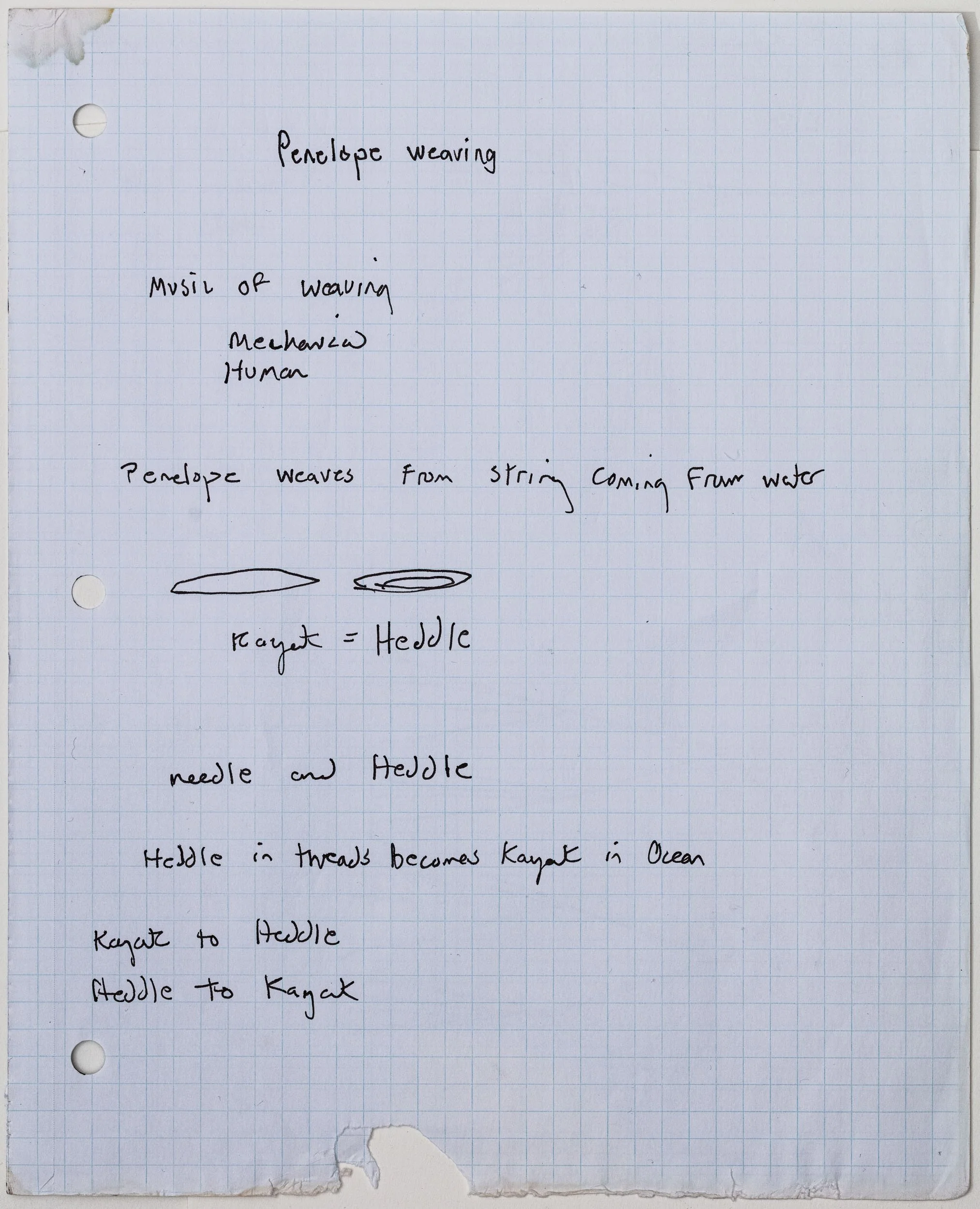
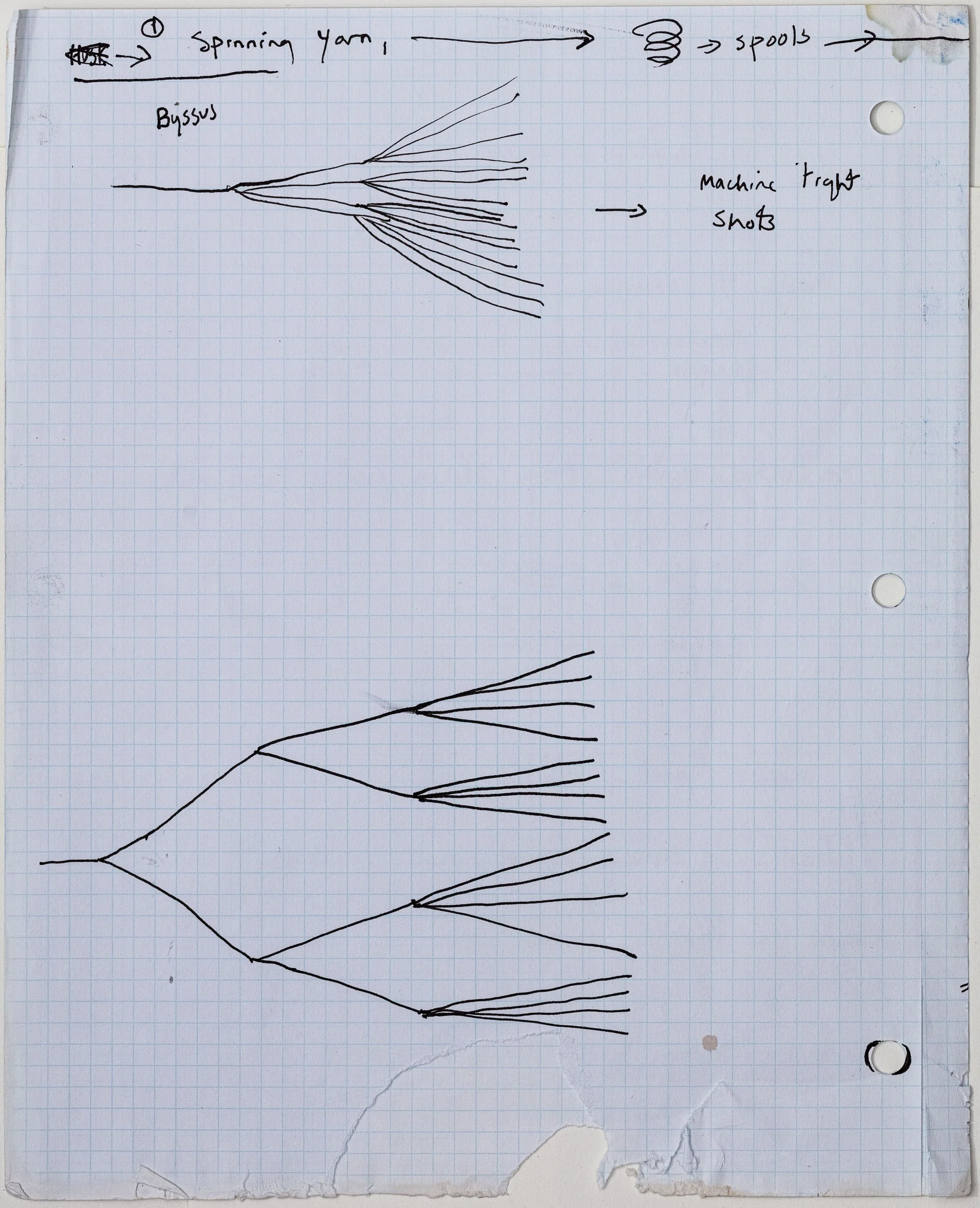
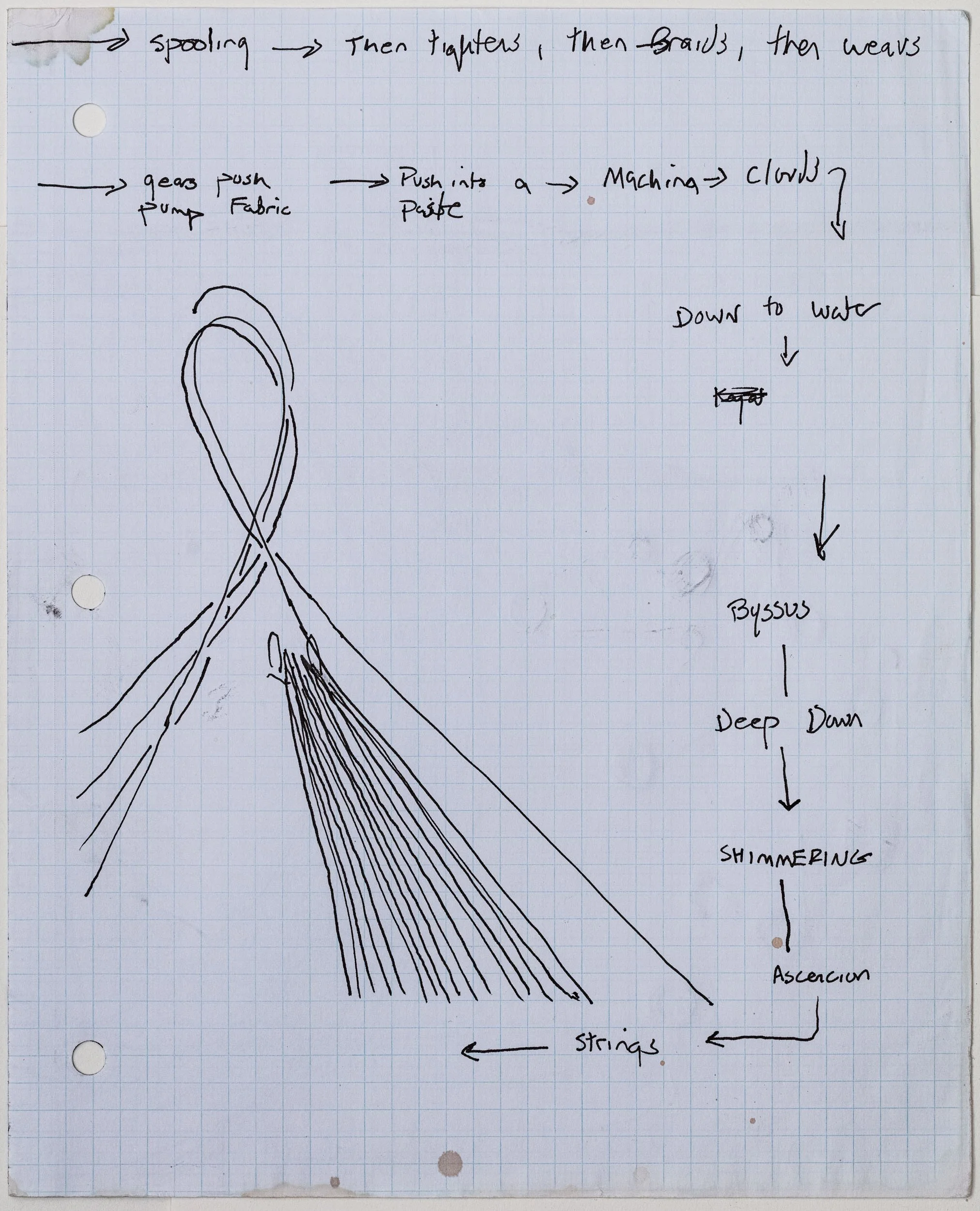
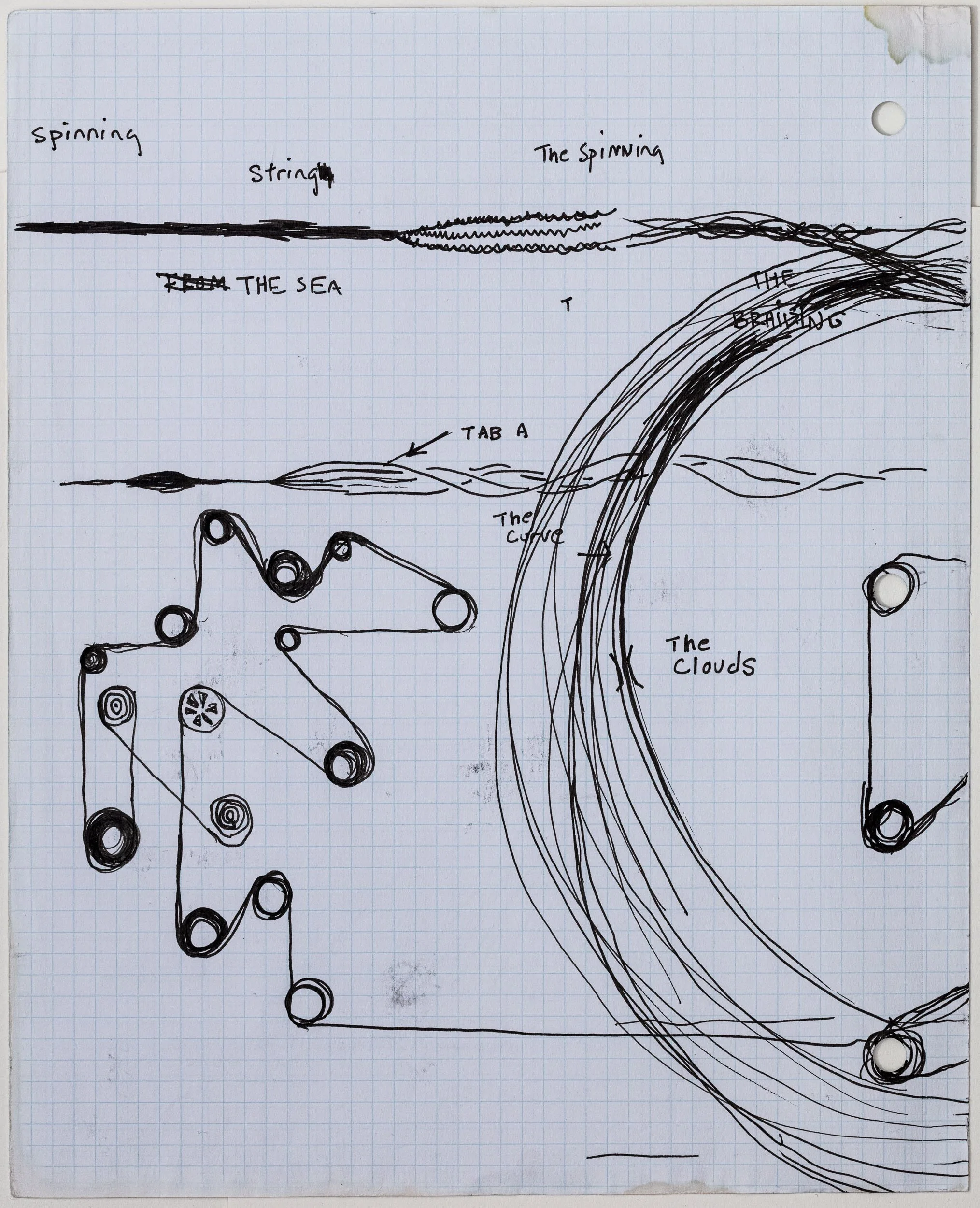
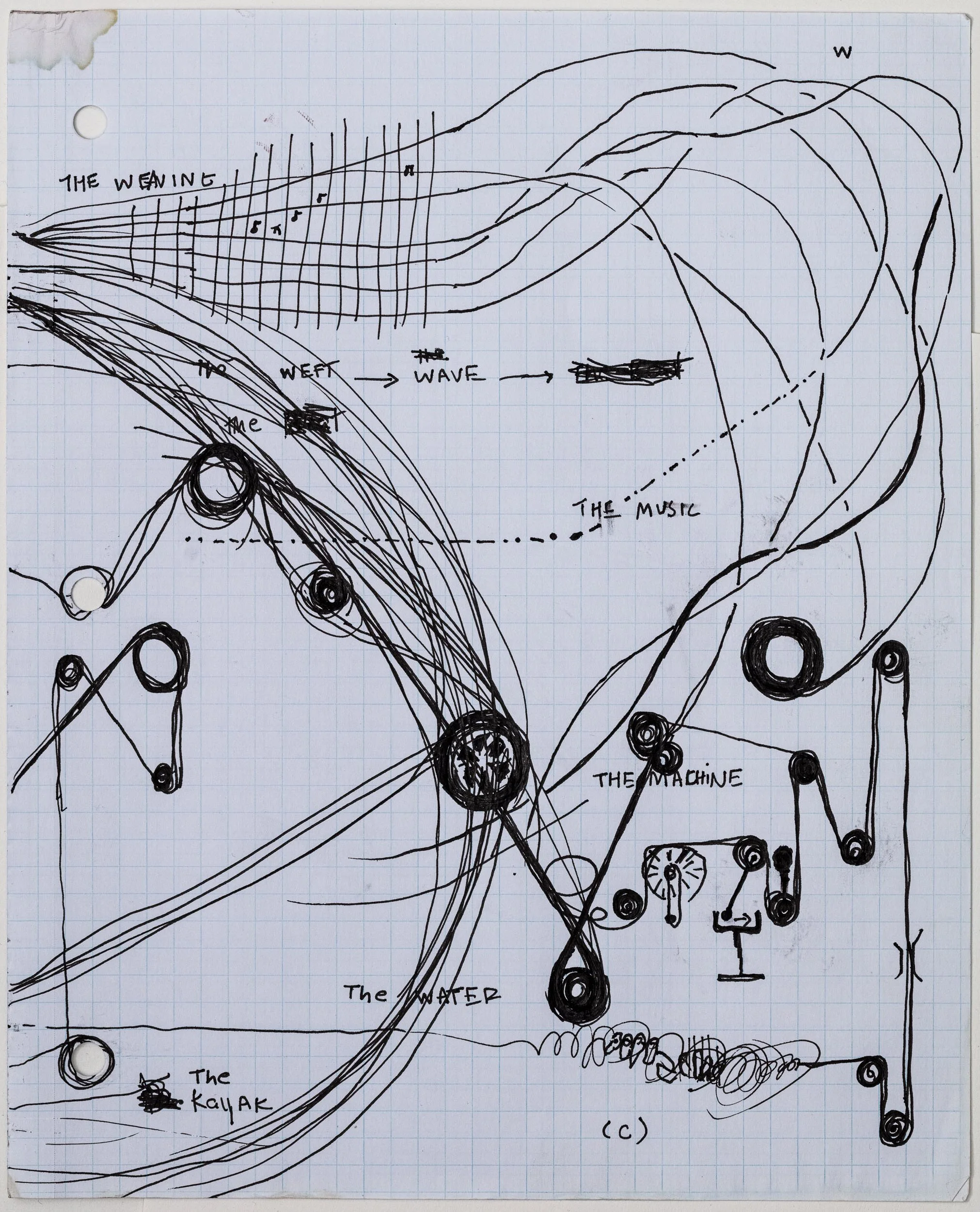
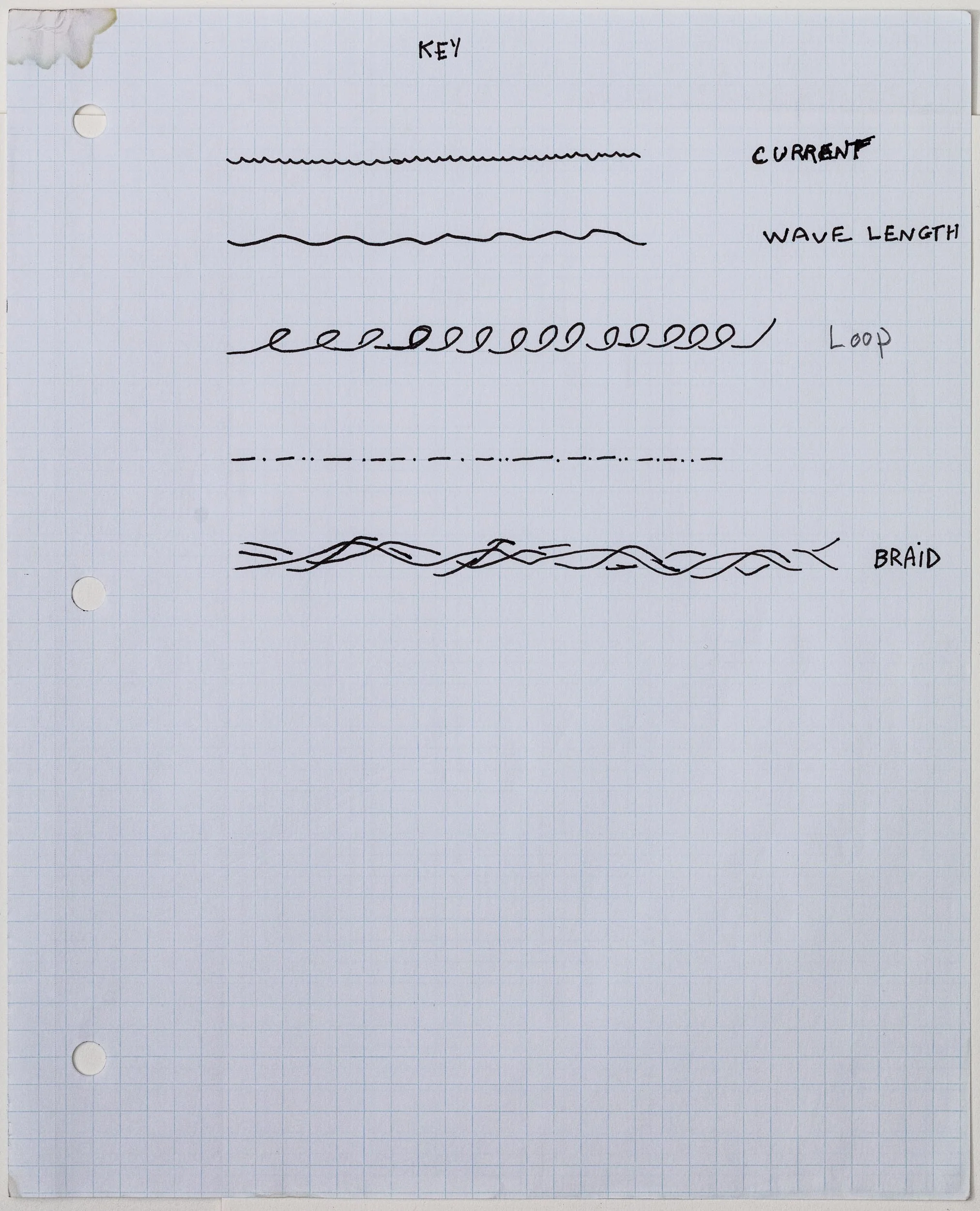
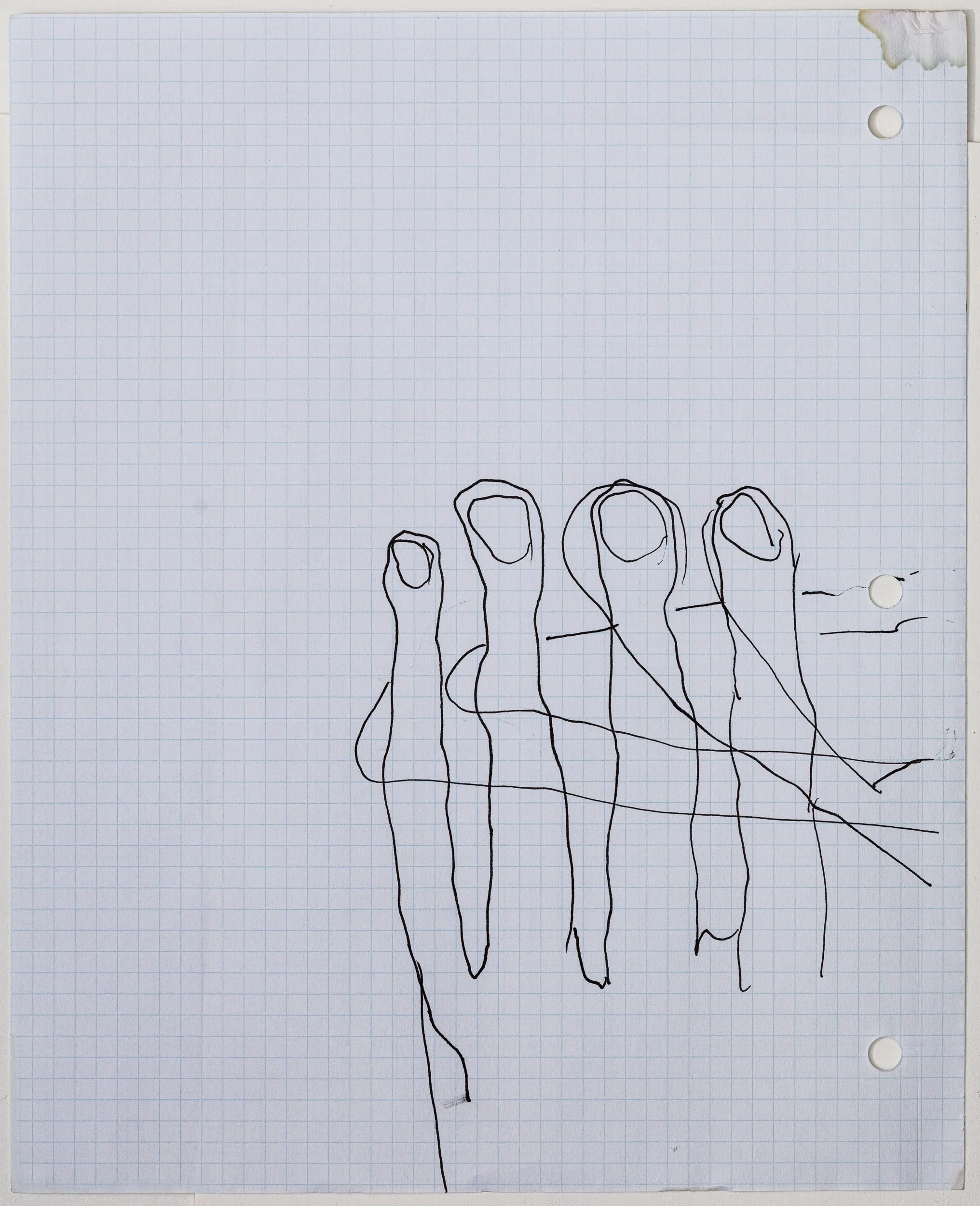
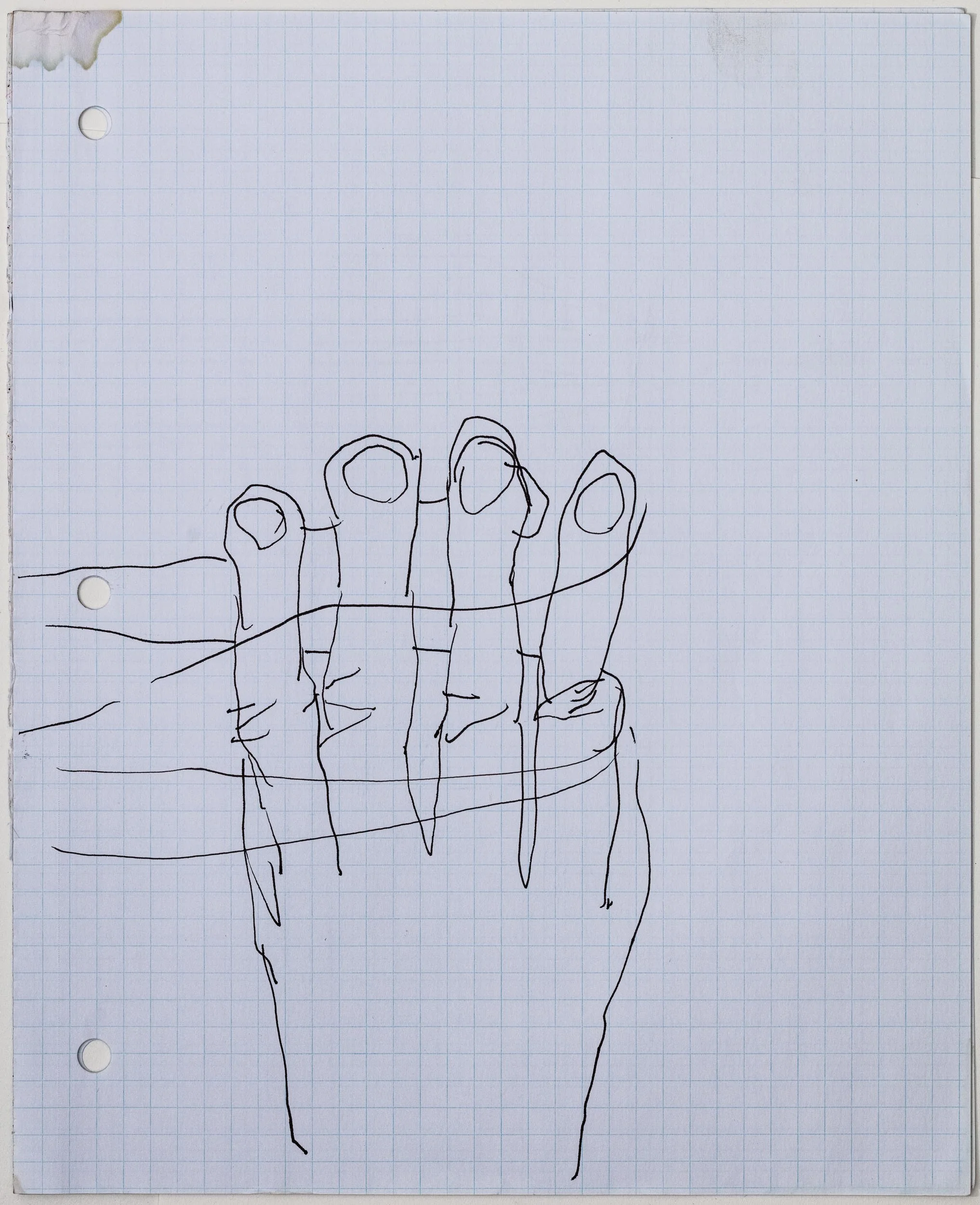
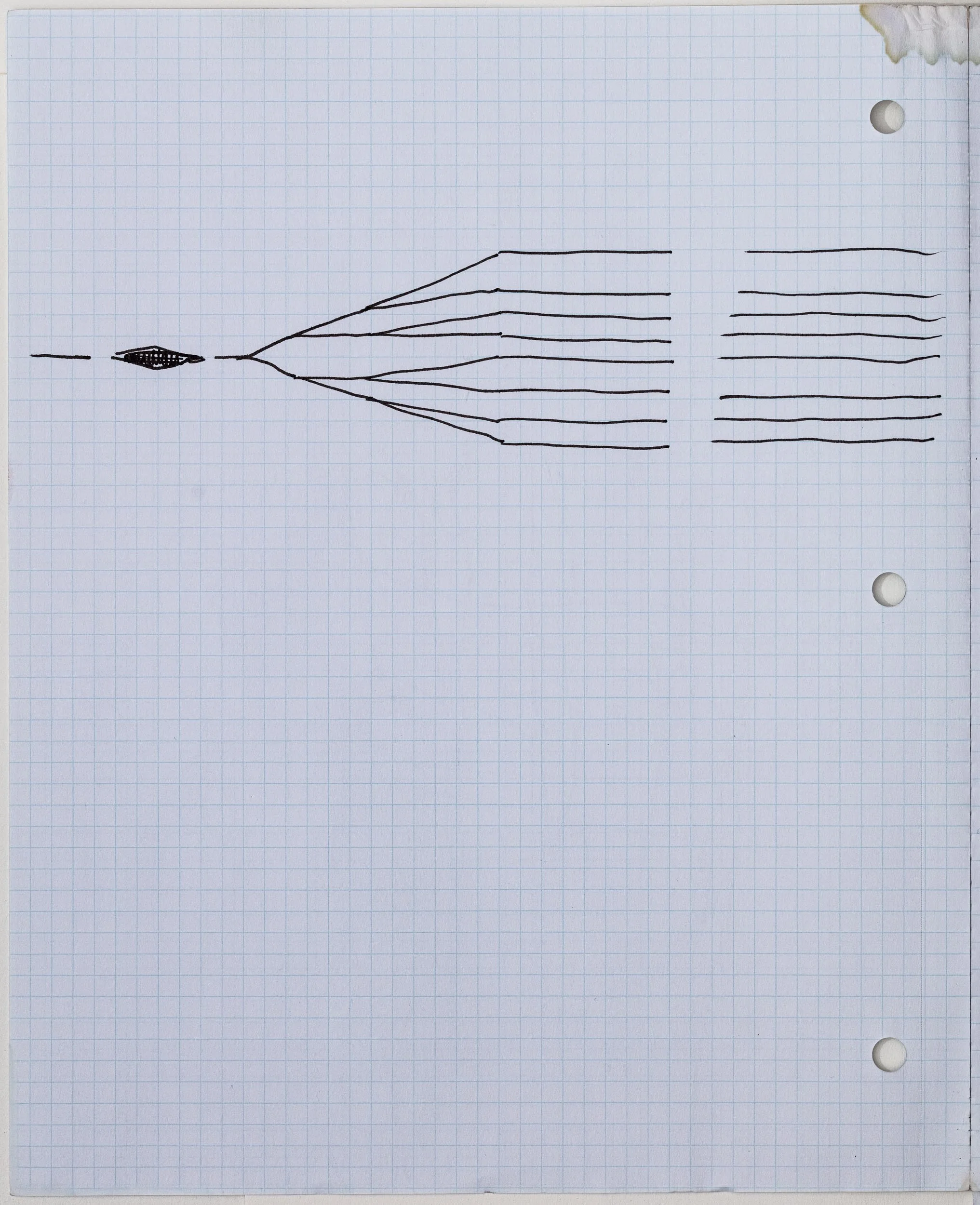
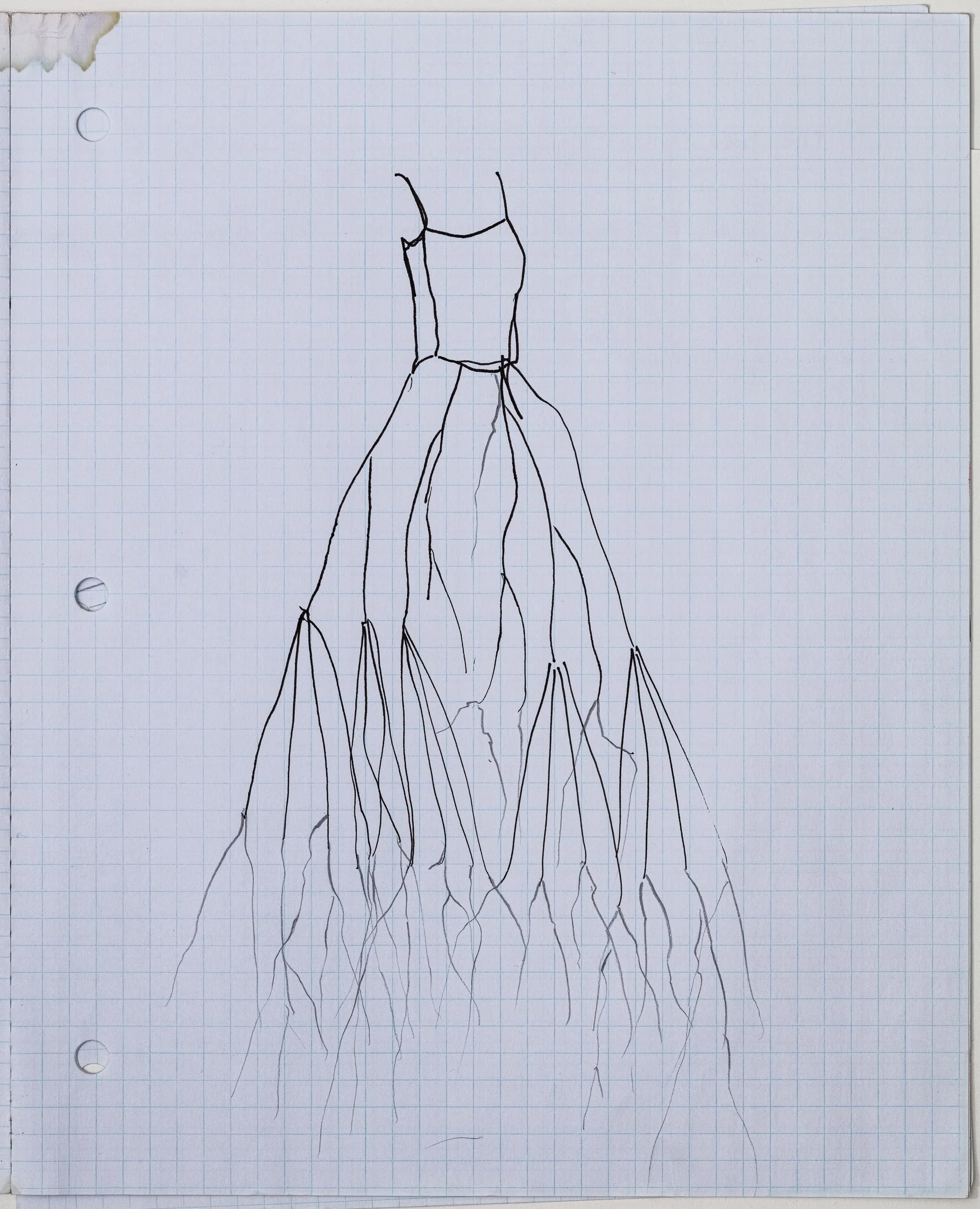
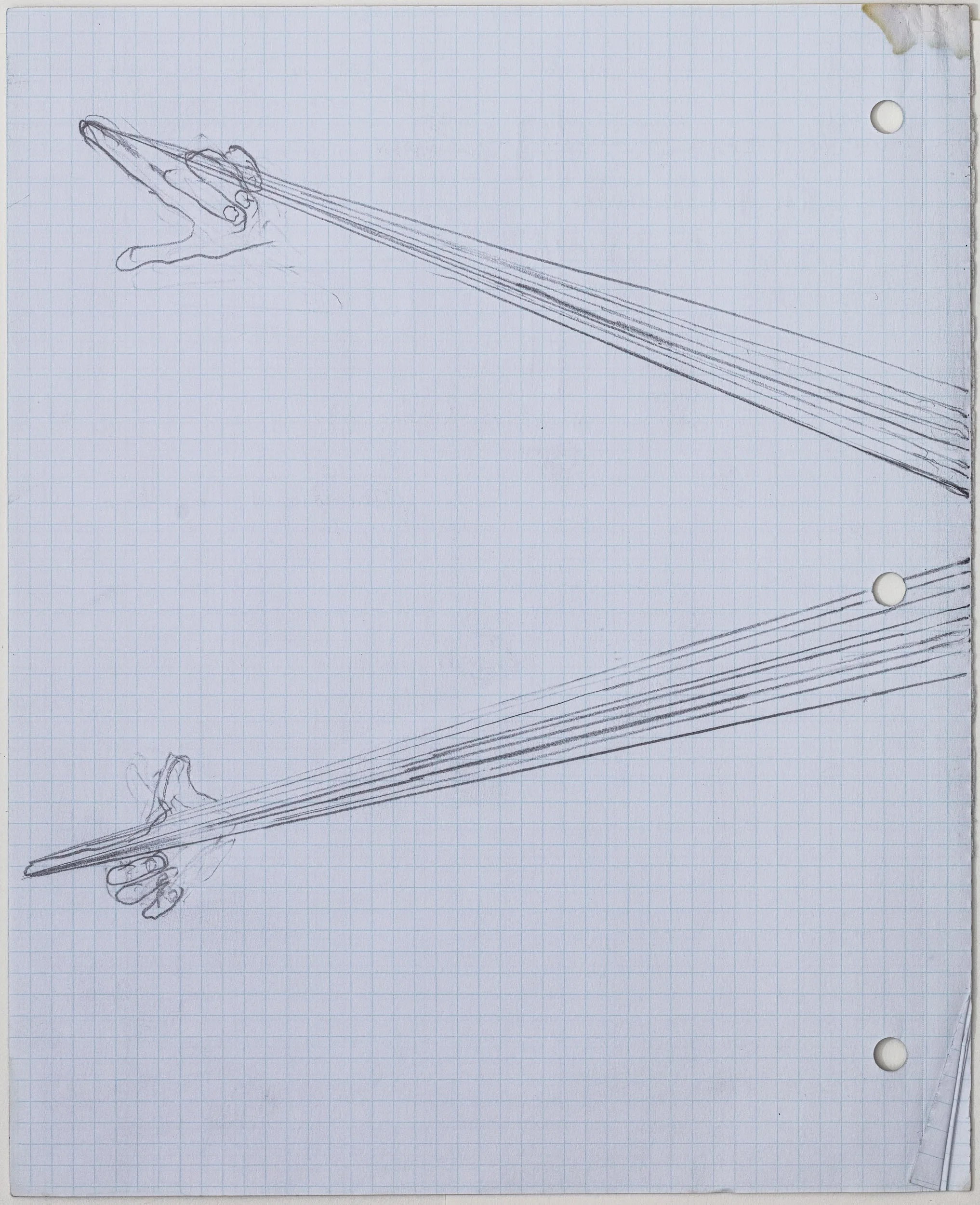
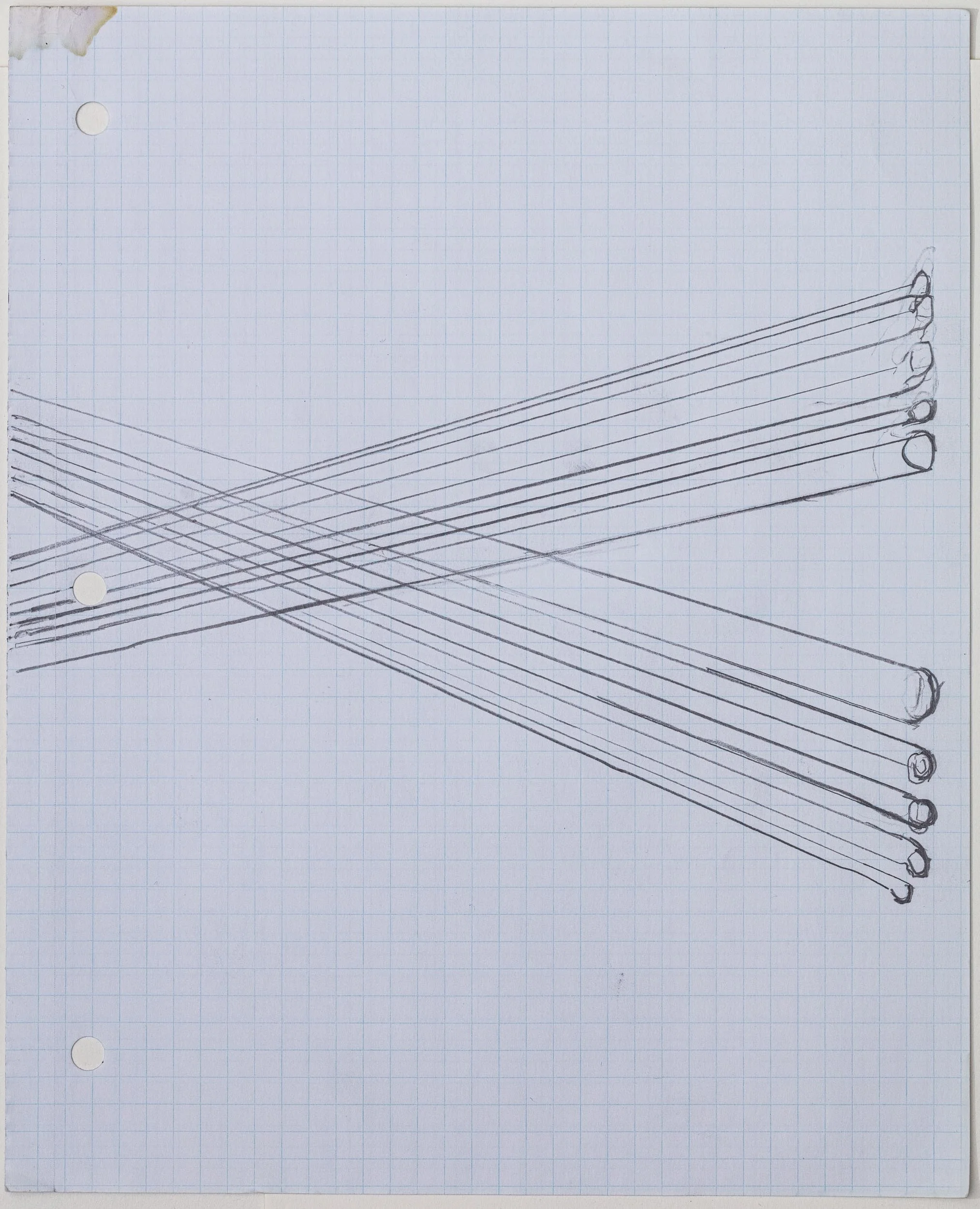
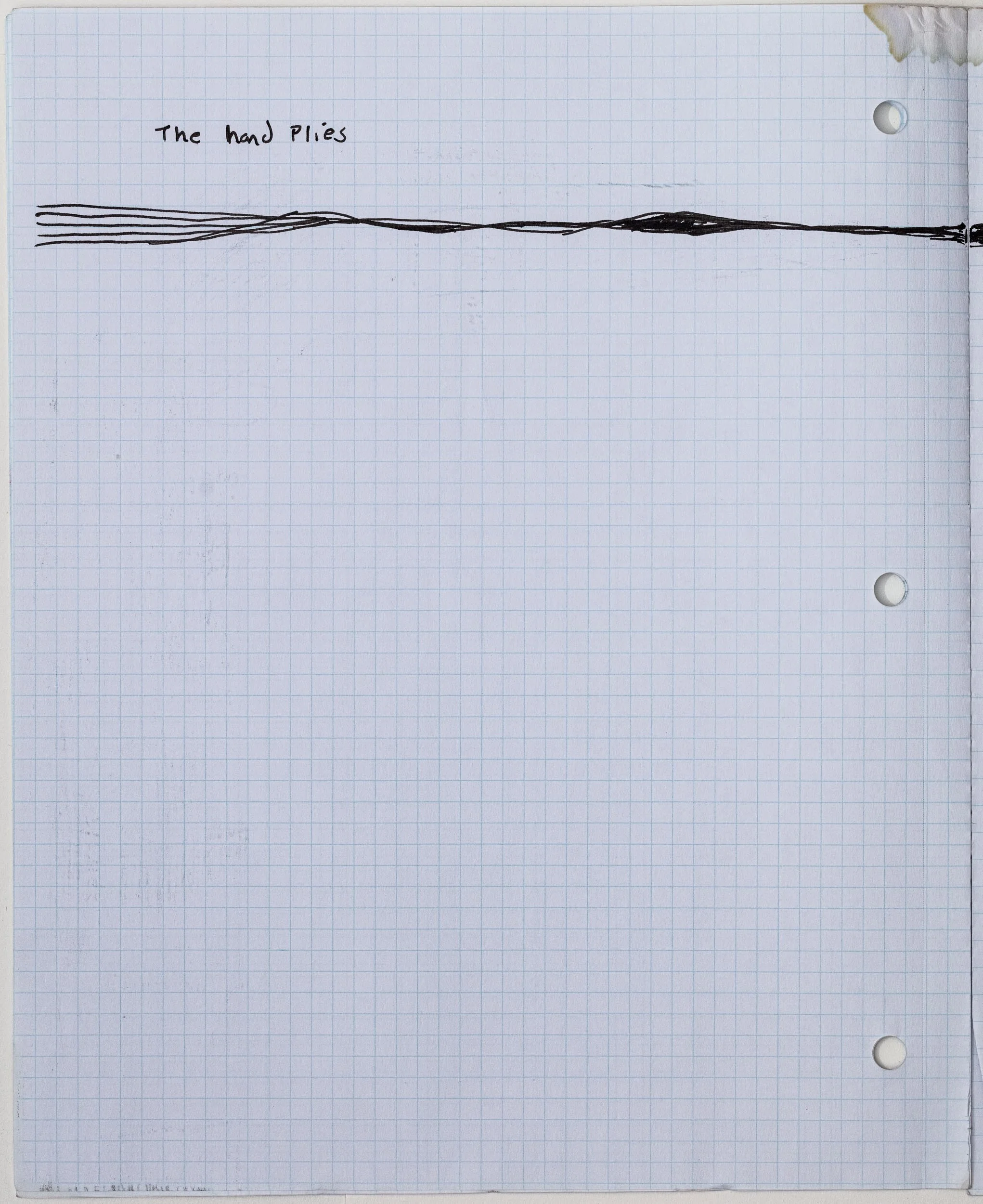
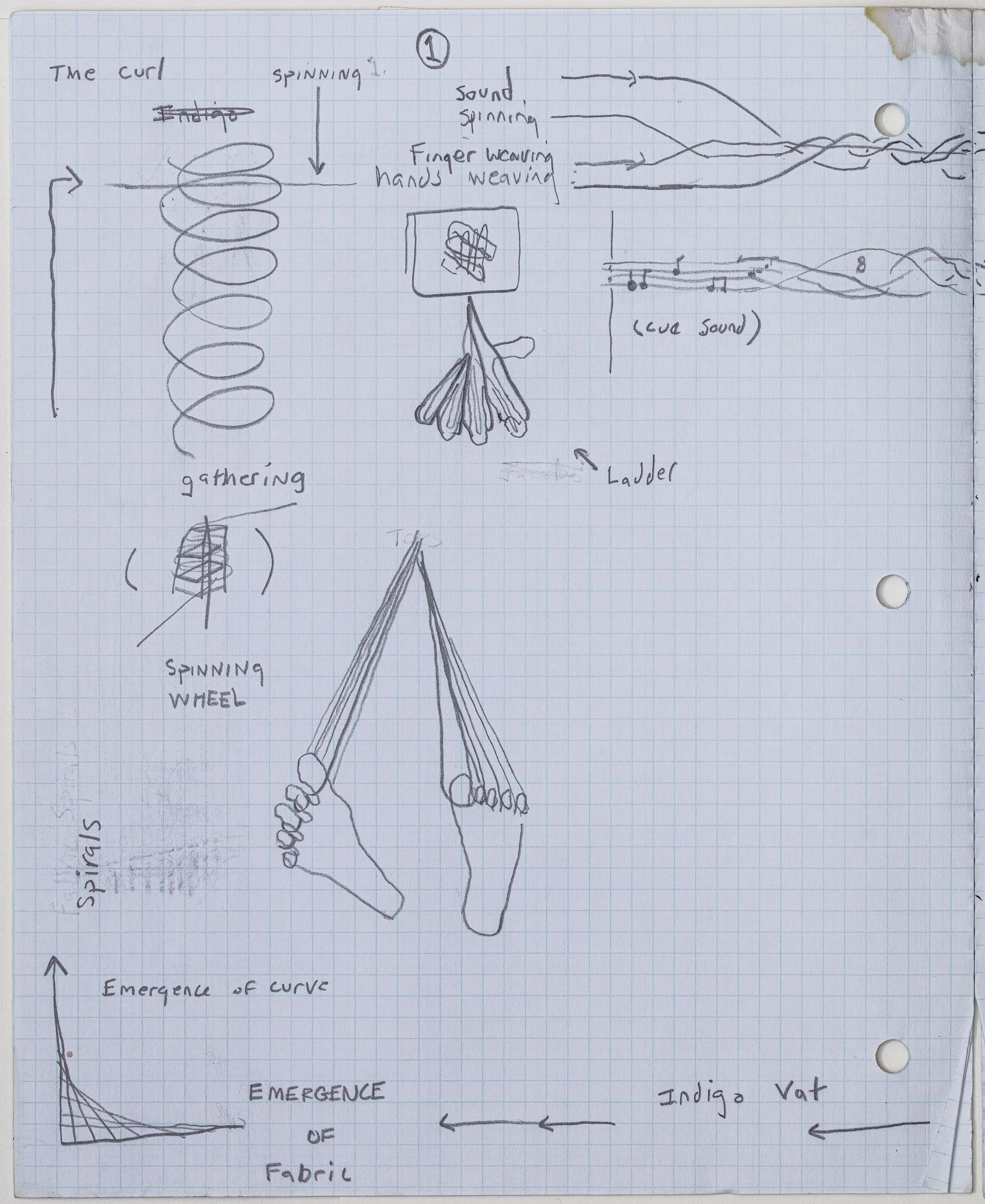
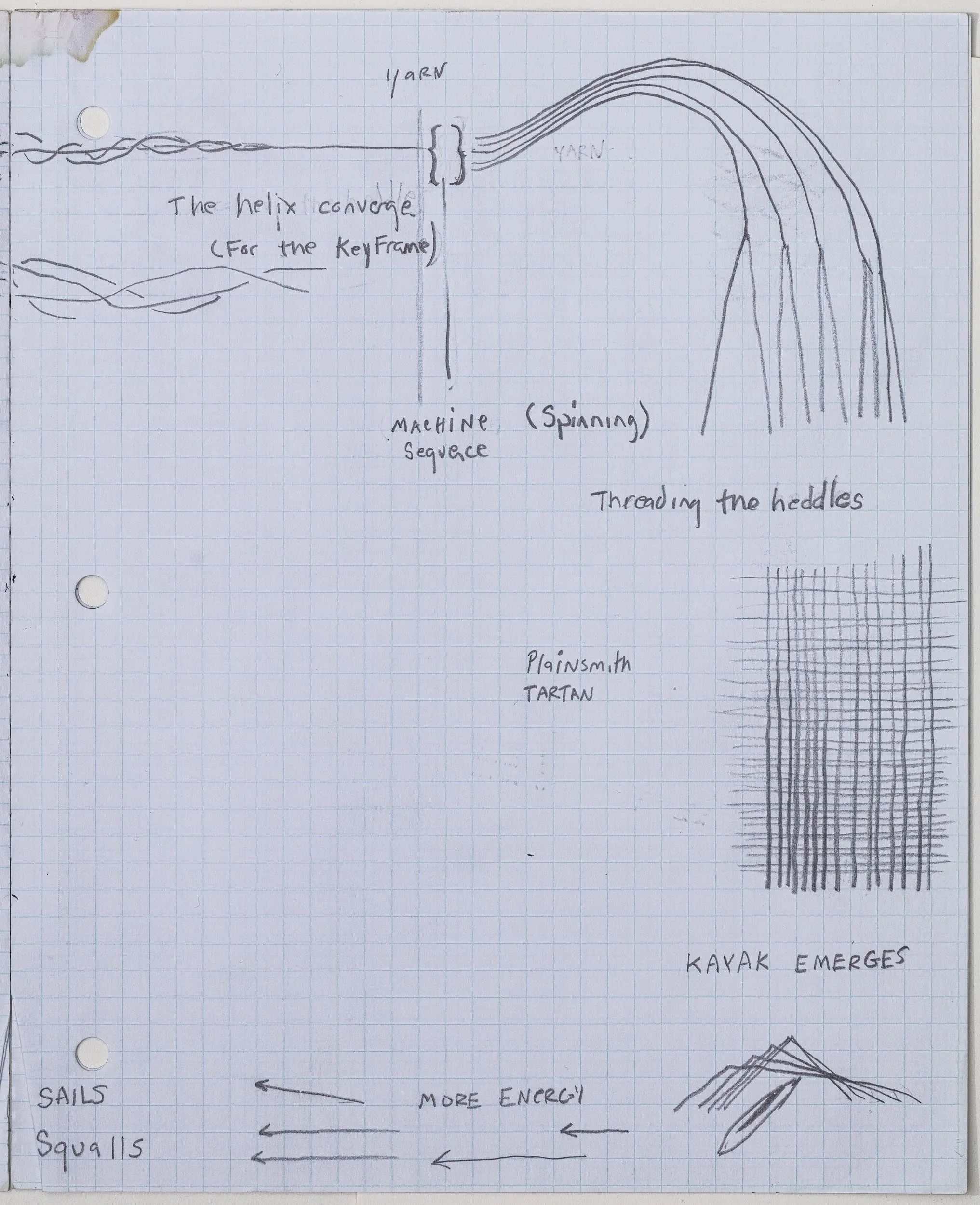
-
When I say there is nothing new I mean we have been struggling with the nature of God for as long as we've been able to conceive that idea. We've been trying to come to terms with the division of the soul and this apparatus, the body.
Todd Murphy, 1998
-
It’s not a question of if AI is possible, it’s about when will AI be implemented. There are talks of being able to upload and suspend one’s consciousness infinitely in a computer database.
Todd Murphy, 2016
-
The aesthetics of New York play into my art to some extent. It's so rich with history and with layers that you can literally see different eras happening concurrently - stories accumulate as materials, which, when you think about it, is another way to phrase "art."
Todd Murphy, 2014, NYC Artist Portfolio, Issue 10
Night Sky (link to abstract nature)

Tabby Wall (link to abstract nature)
Gold (link to abstract nature)

Arctic Cotton
Blue and Black (Link to abstract nature)
Link to Department of Botanical and Biological Studies---- Coastal Botanicals
Link to see botanical and biological studies
Link to see Department of Botanical and Biological Studies
Cotton (link to abstract nature)
-
“Where my art and space end is sort of vague.”
Murphy, 1997
-
Pontus Hulten 1983 essay lays the groundwork for the case for Brancusi as the first furniture artist and the first Brancusi of the sculptures proper; he emphasizes the artist’s “passionate concern for the rapport of his sculptures with the space around them” and demonstrates how around 1915 “the distinction between the sculptures, the works commonly referred to as their bases, and the other objects in Brancusi’s studio became ever more blurred.”
(Pontus Hulten)







